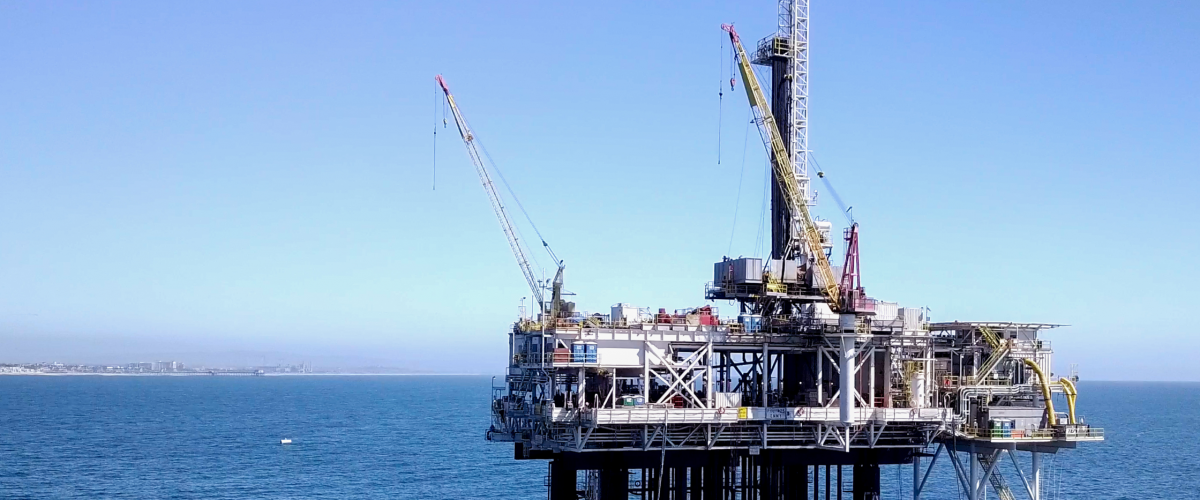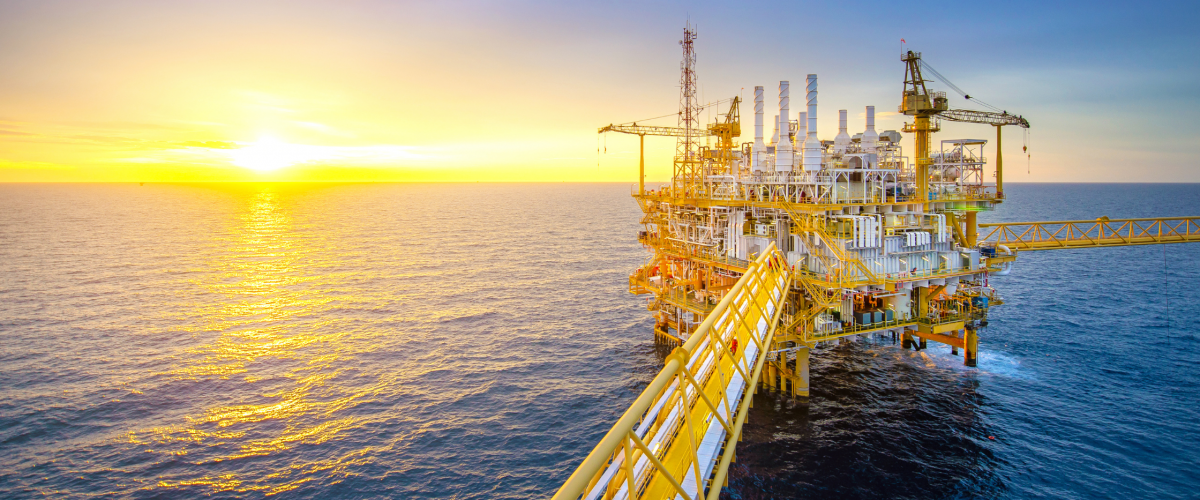Oil and gas have long played a significant role in geopolitical conflicts due to their strategic importance as vital energy resources.
Here are some key ways in which oil and gas influence geopolitical dynamics and contribute to conflicts:
1. Resource Competition: Control over oil and gas reserves, pipelines, and shipping routes can be a source of competition and conflict between countries, particularly in regions with abundant hydrocarbon resources. Disputes over territorial claims, maritime boundaries, and resource ownership can escalate into geopolitical tensions and even military conflicts.
2. Energy Security: Access to reliable and affordable energy sources is essential for economic development, national security, and geopolitical influence. Countries that are heavily dependent on imported oil and gas may be vulnerable to supply disruptions, price volatility, and geopolitical risks, leading to efforts to diversify energy sources and enhance energy security through strategic partnerships, investments in domestic production, and alternative energy technologies.
3. Strategic Alliances and Rivalries: Oil and gas resources can shape geopolitical alliances and rivalries between countries seeking to secure access to energy supplies and influence energy markets. Major oil-producing countries, such as Saudi Arabia, Russia, and Iran, often leverage their energy wealth to forge strategic partnerships, wield influence in regional conflicts, and advance their geopolitical agendas on the global stage.
4. Pipeline Politics: The construction and operation of oil and gas pipelines can be a source of geopolitical contention, as they traverse multiple countries and often cross disputed territories. Control over pipeline routes, transit fees, and access to markets can become focal points of conflict between transit and host countries, as well as between energy suppliers and consumers.
5. Sanctions and Embargoes: Oil and gas exports are frequently used as geopolitical leverage in the form of economic sanctions, embargoes, and trade restrictions imposed by one country against another. These measures can disrupt energy markets, undermine economic stability, and exert pressure on targeted countries to change their behavior or policies in alignment with the interests of sanctioning nations.
6. Environmental Concerns: Environmental issues related to oil and gas production, such as pollution, habitat destruction, and climate change, can exacerbate geopolitical conflicts by sparking social unrest, resource disputes, and transnational activism. Efforts to address environmental concerns and transition to renewable energy sources may also have geopolitical implications, as countries seek to position themselves as leaders in the global transition to a low-carbon economy.
7. Geopolitical Hotspots: Several regions around the world are characterized by geopolitical tensions and conflicts with significant oil and gas resources at stake. These include the Middle East, the South China Sea, the Arctic, and Eastern Europe, among others. Geopolitical rivalries, territorial disputes, and power struggles in these regions are often intertwined with competition for control over energy resources and transportation routes.
In summary, oil and gas play a multifaceted role in geopolitical conflicts, shaping alliances, rivalries, and power dynamics on the global stage.
The strategic importance of energy resources, combined with their economic value and environmental impact, underscores the complex interplay between energy security, geopolitics, and international relations in the modern world.
Read more on Sparkview Energy:
Unconventional Oil and Gas Resources: Shale Revolution and Beyond
A peek at the Horizon of the Oil and Gas industry in the Year 2024
Challenges and Opportunities in Arctic Oil Exploration










